Why are 10 nF capacitors sometimes (usually) specified as 10000 pF?
Why are we trying so hard to avoid nF? Seems unnecessary and error prone.
Note: Question also relates, of course, to 1 nF vs 1000 pF - of which there are four 1 nF ceramics on Digi-Key, versus nearly 17,000 1000 pF (though Digi-Key properly returns either in the search). The point of the question is the intentional avoidance of nF.

